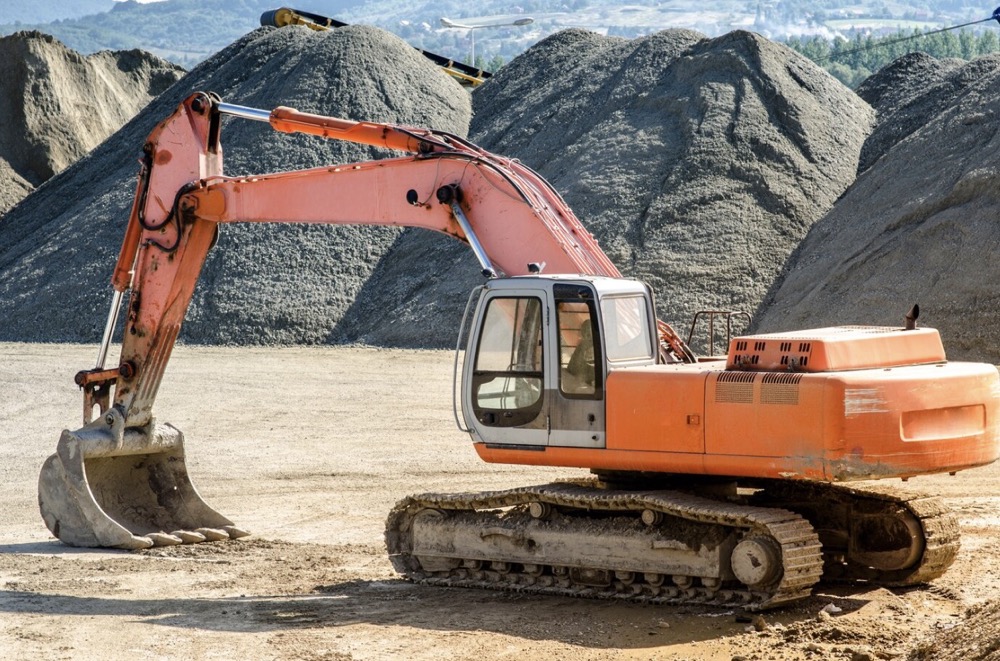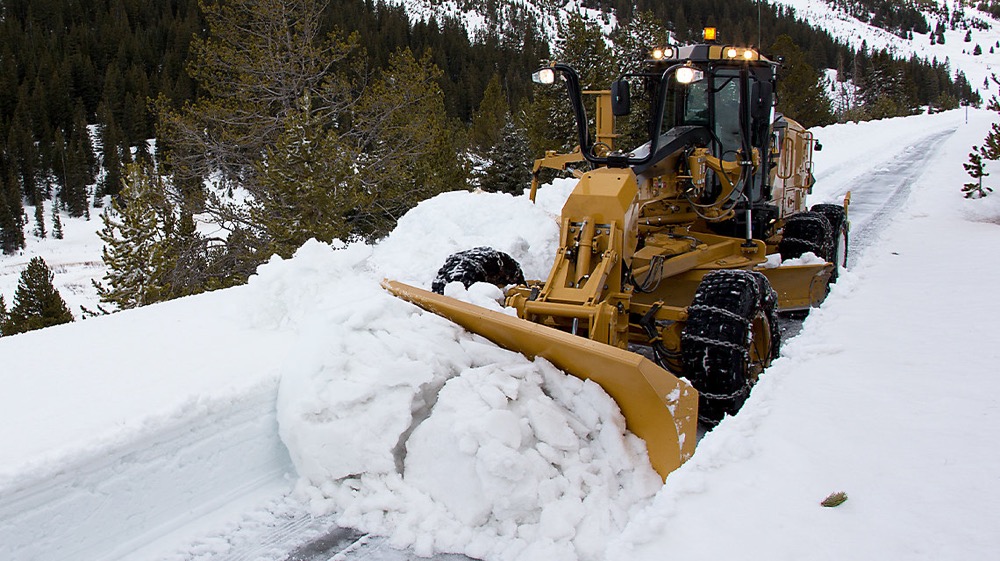
— March 28, 2025

Excavators are essential machines in the construction and earthmoving industries, playing a crucial role in projects ranging from large-scale mining operations to urban infrastructure development. However, not all excavators are the same. The two primary types—track excavators and wheel excavators—each offer unique advantages depending on the terrain, application, and operational requirements.
Understanding the differences between track vs wheel excavators is crucial for construction businesses, equipment rental companies, and contractors looking to optimize efficiency and reduce costs. Whether you are purchasing a new machine or searching for a used excavator for sale, selecting the right type can have a significant impact on your project's success.
For those seeking high-quality, MechLink used excavators, our global B2B platform connects buyers with reputable sellers worldwide. Our selection includes reliable machines like the Sany SY200 Track Excavator and the Rhino XN85-9X Wheel Excavator, catering to various project needs.
| Feature | Track Excavators | Wheel Excavators |
| Mobility | Slower, requires transport on trailers | High-speed travel between job sites |
| Terrain Suitability | Rough, muddy, uneven terrains | Paved roads, urban areas |
| Stability | High stability on slopes & soft ground | Less stable, requires stabilizers |
| Lifting Capacity | Supports heavier loads | Lower lifting capacity |
| Fuel Efficiency | More efficient for stationary tasks | Higher fuel consumption for excavation |
| Maintenance Costs | Tracks wear faster on hard surfaces | Tires last longer, but more costly upfront |
| Best Applications | Large-scale construction, mining, forestry | Roadwork, utility maintenance, urban projects |
This comparison highlights that the decision to choose between a track or wheel excavator largely depends on several key factors, including the specific conditions of the job site, budget constraints, and the overall scope of the project.
Track excavators are generally preferred for rough, uneven, or soft terrain, where their superior stability and ability to distribute weight across a larger surface area allow them to perform effectively. On the other hand, wheel excavators are better suited for smooth, firm surfaces and urban environments, offering faster travel speeds and more maneuverability. Budget considerations also play a role, as track excavators may come with a higher initial cost due to their enhanced capabilities, while wheel excavators can be more cost-effective in certain applications.
Ultimately, the choice will depend on balancing these factors to meet the specific needs of the project.
For businesses handling projects in remote locations or unstable ground, a track excavator is the better choice. However, for companies operating in city environments with frequent travel needs, a wheel excavator offers greater convenience and flexibility.
For example, contractors working on large-scale excavation projects may find the Sany SY200 more suitable due to its stability and high lifting capacity. In contrast, rental businesses serving urban projects may prefer the Rhino XN85-9X, as it is easier to move between locations.
Companies purchasing MechLink used excavators can browse detailed listings to compare maintenance history and condition before making a decision.
We offer both track and wheel excavators with diverse attachment options, ensuring buyers find the right machine for their needs.
MechLink is a global B2B marketplace specializing in used construction equipment, helping buyers connect with trusted sellers worldwide.
If you're searching for a Sany SY200 (track excavator) or a Rhino XN85-9X (wheel excavator), MechLink provides a secure and efficient platform to find the right equipment for your needs.
Choosing between a track vs wheel excavator depends on several factors, including terrain, mobility, stability, and cost considerations. Track excavators like the Sany SY200 are better suited for heavy-duty excavation and rough terrain, while wheel excavators like the Rhino XN85-9X are more versatile for urban and roadwork projects.
For businesses looking for MechLink used excavators, our platform provides access to a diverse selection of equipment from trusted global sellers. Whether you need a track or wheel excavator, MechLink helps you find the perfect machine to enhance your operations and maximize value.

The best equipment for snow removal: heavy machinery to use this winter
December 18, 2025

How to prevent rust and corrosion on heavy construction equipment
December 18, 2025

Jumping jacks vs plate compactors: which is the best compaction tool for your job?
December 17, 2025

Diesel fuel storage for construction sites: best practices and safety protocols
December 17, 2025